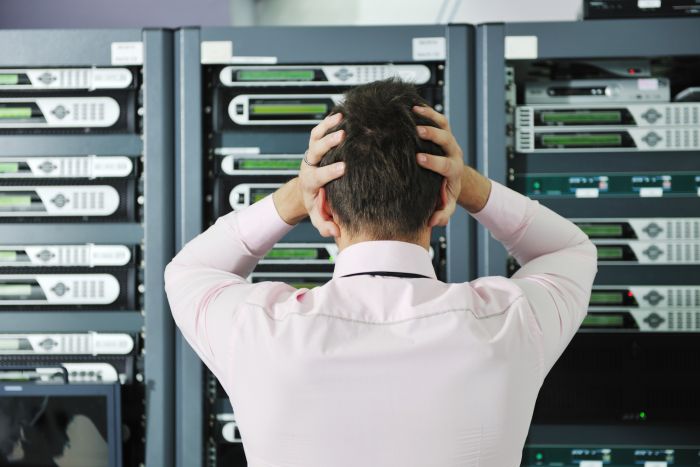RAID arrays present a more complex challenge when it comes to restoring lost data.
Since the arrays involve more than one hard drive, the potential for something to go wrong is increased, as is the difficulty in troubleshooting the damage. Data loss from a RAID array is an instance where getting a professional data recovery specialist can be invaluable.
Due to the redundancy factor, RAID arrays tend to be more secure than individual hard drives, but they can still lose data under certain circumstances. Here are some of the most common causes of failure for RAID systems:
Reasons for RAID Array Data Loss
1. Controller failure.
The controller is the device that manages all of the drives in your system. When your controller fails, you won’t be able to access your drives or the information contained on them. In this instance if you do not have a back up of the files simply putting in a new controller puts your data at significant risk. Reinitializing the RAID can partially overwrite your data.
2. Physical damage.
The hard drives that make up your array are sensitive devices. Any sort of physical damage or misuse can affect their inner workings and render your data irretrievable. If you suspect more than one hard drive has failed as in most cases you will need data recovery services.
3. Circuit board damage.
Damage to any of the printed circuit boards (PCB) on your hard drives will prevent the hard drives from functioning properly. The solution for this is not as simple as replacing the defective board. There are unique ROM chips programmed for each individual hard drive. Do not attempt swapping with what seem to be an identical PCB. This can physically and permanently damage the drive and your data.
4. Head crash.
The read/write heads on hard drives are situated only nanometers above the platter on which your files are stored. If the heads come into contact with the platter, it can eliminate data stored on the affected area. This is a catastrophic hard drive failure. The data will have to be restored using parity with customized data recovery software.
5. Computer viruses and malware.
Computer viruses are another potential cause of RAID failure. If one of your drives becomes infected, it can compromise the entire system. Data recovery methods are the safest route if a back up is not in place.
6. Accidental deletion.
As much as we don’t like to admit it, accidental deletion of files and directories is a very common cause of data loss involving RAID arrays. The worst part of this is that files which are accidentally deleted are vulnerable to being overwritten which can cause the files in question to be lost permanently. It is advisable to first make a sector by sector image of the data onto a separate hard drive before attempting to restore the files yourself. Some data recovery services do offer that service at a very reasonable fee.
What to do about it
As with all data recovery emergencies, the best thing you can do if you suspect that your files have gone missing is to stop using your RAID server and seek professional assistance. Continuing to run your system in a compromised state, risks further loss of data.
Be careful of running utilities such as defragmenter routines or volume repair utilities if you are experiencing any difficulties with your system. These can often over write your files, causing them to be lost permanently.
You should immediately shut your system down if you hear unusual noises coming from one of the drives on your array such as grinding or screeching. This is a telltale sign of physical damage to the drive and continuing to run in this state is extremely risky for any of the files in your system.
